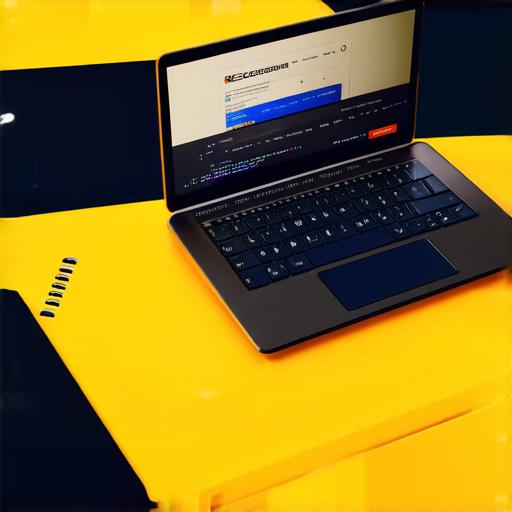Welcome to the dynamic world of web design! Whether you’re just starting out or looking to refine your skills, this article is designed to guide you through the labyrinth of web design. This expanded version will delve deeper into the topic, providing more detailed explanations, additional examples, and exploring various aspects of web design to make the content more comprehensive and informative.
Embrace Learning
Web design is a field that constantly evolves. To stay ahead, never stop learning. Dive into resources like online tutorials, design blogs, and forums. Remember, every master was once a beginner! In addition to these, consider enrolling in formal courses or workshops to gain structured learning and certification.
Practice Makes Perfect
The best way to improve your skills is by practicing. Create personal projects or offer your services pro bono to gain real-world experience. Each project you complete will bring you one step closer to mastery. For instance, you could redesign a local business’s website or create a personal portfolio showcasing your work.
Design with User Experience in Mind
Remember, a website isn’t just about aesthetics; it’s about user experience. A well-designed site should be intuitive and easy to navigate. Use design principles like F-pattern reading, grid systems, and white space effectively. For example, ensure that important elements are placed where users naturally look (along the left side and at the top of a page) and use grids to maintain consistency and alignment.
Experiment with Design Tools
There are numerous design tools available today. Experiment with them to find what suits you best. Some popular ones include Adobe XD, Sketch, Figma, InVision Studio, and Affinity Designer. Each tool has its unique features, so explore and choose wisely based on your specific needs and preferences.
Collaborate and Network
Web design is a collaborative field. Networking with other designers can provide valuable insights and opportunities. Join online communities like Dribbble or Behance, attend workshops, and don’t shy away from collaborating on projects. This will not only help you learn from others but also build your professional network.
Seek Feedback and Iterate
Constructive feedback is invaluable in improving your work. Share your designs with others and be open to their suggestions. Remember, iteration is key to creating a polished product. Don’t be disheartened by criticism; instead, use it as an opportunity to grow and improve.
Stay Updated with Trends
Web design trends change rapidly. Stay updated by following industry leaders, attending webinars, and reading design blogs. This will help you stay relevant and competitive. For instance, keep an eye on the latest UI/UX trends, such as dark mode designs, minimalism, and micro-interactions.
FAQs:
1. What are some popular design tools for web designers?
Adobe XD, Sketch, Figma, InVision Studio, and Affinity Designer are among the most popular ones. Each tool has its unique features, so explore and choose wisely based on your specific needs and preferences.
2. How can I improve my user experience skills?
Practice designing intuitive interfaces, conduct usability tests, and study successful design case studies. You could also consider taking a course in UX/UI design to gain structured learning and certification.
3. Where can I find online resources for web designers?
Websites like Udemy, Coursera, Design Shack, Awwwards, and Smashing Magazine offer a wealth of resources for web designers. These resources cover various aspects of web design, from beginner tutorials to advanced techniques.



